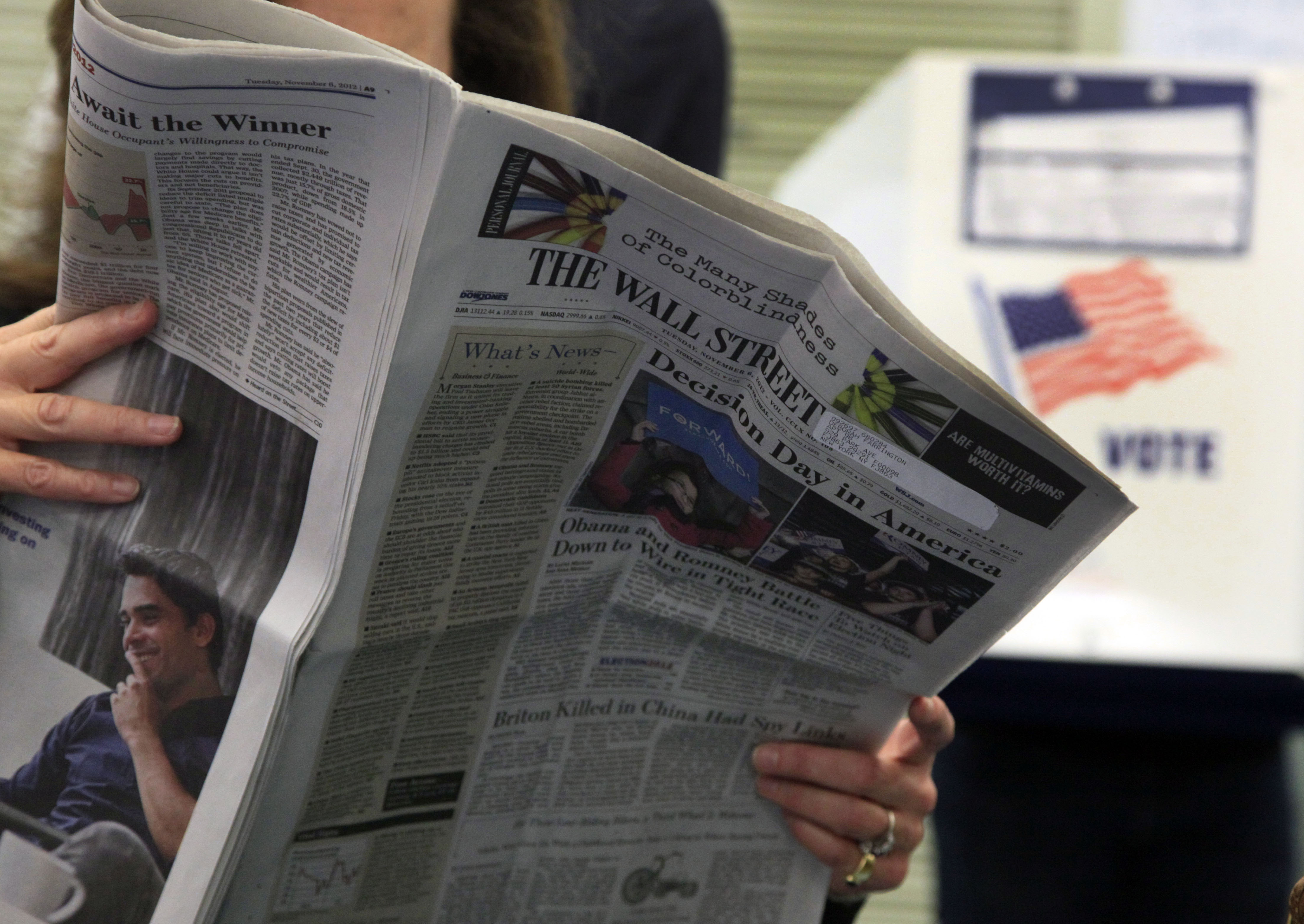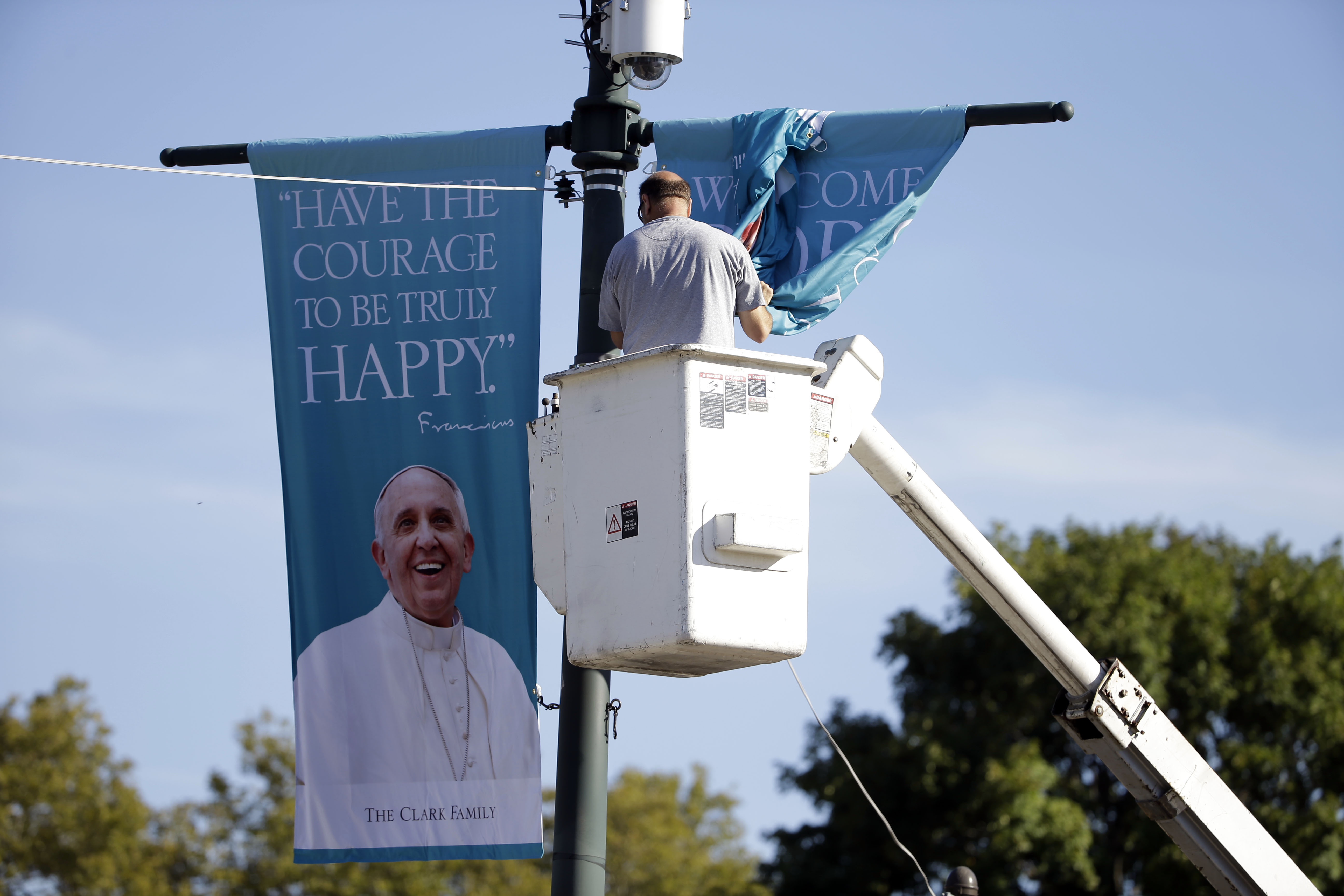When President Lyndon Johnson signed his “war on poverty” legislation 50 years ago on August 20, 1964, America had a different view of itself, of poverty, even a different political lexicon. The differences are especially vivid to those of us who have spent much of the intervening half century working to stem the tide of increased hunger and poverty, but never again with a level of presidential support commensurate to LBJ’s, nor with the same optimism and confidence of the American public.
At least since President Ronald Reagan quipped that “we fought a war on poverty and poverty won” it’s been politically incorrect for politicians of either political party to go near the issue, even with 22% of America’s children now living below the poverty line.
To appreciate how different things are, just look at LBJ’s barnstorming across the country in the spring and summer of 1964 to rally support for his Economic Opportunity Act.
Less than 6 months after President John Kennedy’s assassination, Johnson, in a lunchtime speech to the League of Women Voters in Pittsburgh put the power of the presidency on the line, saying: “We have declared unconditional war on poverty. Our objective is total victory.”
Politically, Johnson was seeking to shore up his support among JFK’s liberal supporters who were suspect of his worthiness. But it was personal too. He’d grown up the son of a tenant farmer in a family of seven and remembered the sting of neighbors bringing needed food to his hill country home.
Those years before Vietnam, Watergate, the assassinations of Bobby Kennedy and Martin Luther King, and race riots, were still a time when anything seemed possible. America had pulled through the Great Depression, triumphed in World War II, stared down the Soviets over missiles in Cuba, and created a secure and growing middle class. Sargent Shriver, Johnson’s choice to run the War on Poverty, remembered: “When a War on Poverty was launched, in terms just like the war against Hitler, we were accustomed to thinking in terms of the United States being able to do big things. America bestrode the world like a Colossus.”
What Johnson didn’t say is telling in and of itself. In speeches around the country throughout the spring and summer the president never uttered the words “middle class”. Today the “middle class” is a non-negotiable touchstone for all political rhetoric; but back then it was so secure it didn’t need to be called out, shored up, pandered to, or put on a pedestal.
Less than a year after Johnson began making the case for the Economic Opportunity Act he signed it into law. The legislation created Head Start, Job Corps, and Community Action Agencies, along with an expansion of social security benefits, the establishment of food stamps, and Title I legislation to subsidize low-income schools. Though not perfect, these initiatives lifted millions of Americans out of poverty and they still do.
Congressional majorities and unity following JFK’s assassination gave Johnson the luxury of political breathing room. But in just a few years that breathing room began to shrink. Presidents Nixon, Ford, and Carter would confront Watergate’s abuse of power and the constraints of inflation, gasoline shortages, the Iranian hostage crisis and diminished confidence in government. After Johnson, there would be good intentions and nods in the direction of ending poverty, but no risk of political capital.
The fight against poverty did not end, but for many people the battleground shifted. Social entrepreneurs took up the mantle and a new generation of activists found an outlet in innovative nonprofit organizations like the Harlem Children’s Zone, Teach For America, Communities in Schools, and KaBoom—all of which focus on aspects of economic inequality. Some, like Share Our Strength’s No Kid Hungry campaign, seek to leverage the best of the Johnson era programs, ensuring access and participation in things that have proven effective, like the school breakfast program and SNAP. But such private efforts can only go so far.
At the Rose Garden bill signing ceremony Johnson said, “We will reach into all the pockets of poverty and help our people find their footing for a long climb toward a better way of life.” That climb has turned out to be steeper than LBJ or anyone else might have imagined. Though the War on Poverty significantly reduced the poverty rate in America, there are still 46 million of us—more than 15 percent—who live below the poverty line.
To complete the journey, we await renewed presidential leadership.











